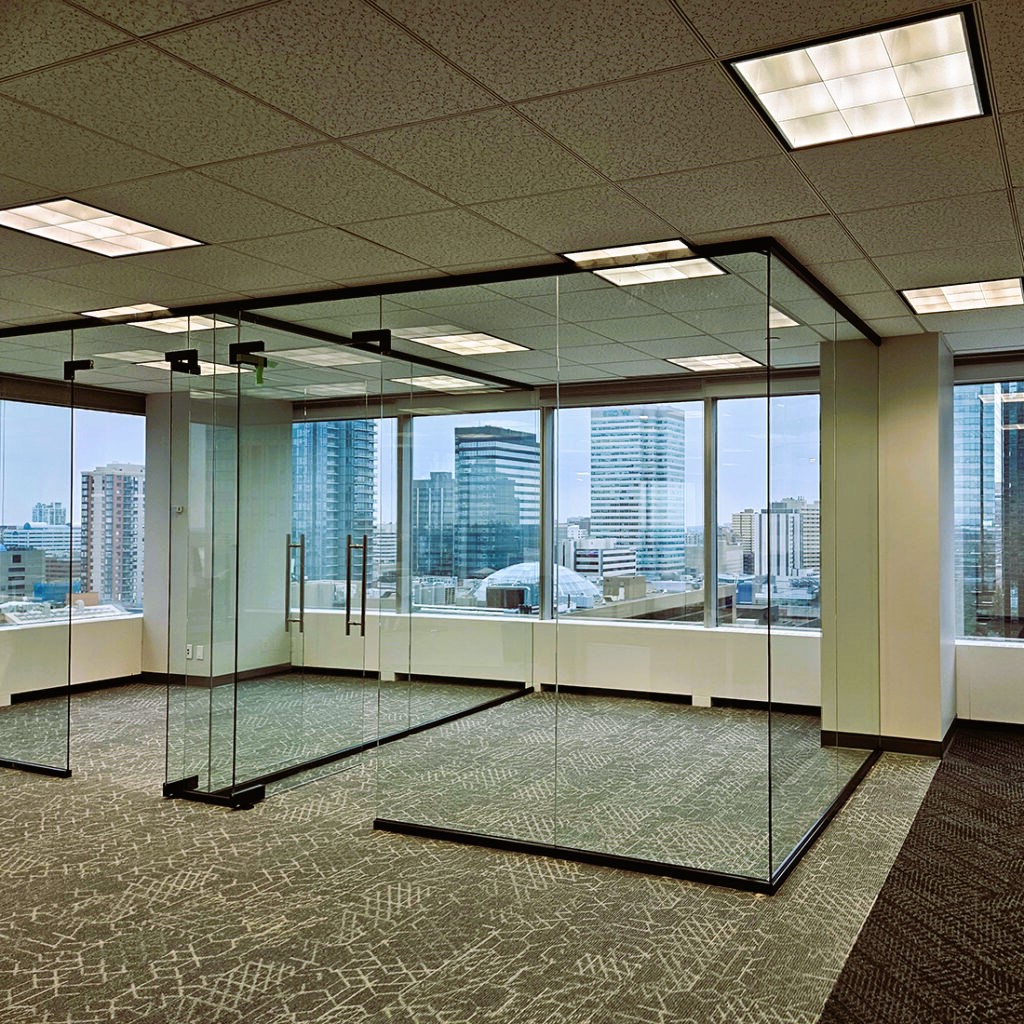In today’s modern workplaces, the design of office entrances plays a crucial role in creating a welcoming and professional atmosphere. All-glass entrances, with their sleek and transparent appearance, have become increasingly popular for commercial buildings, offering a combination of aesthetic appeal, functionality, and practicality. In this article, we will explore the benefits of all-glass entrances for office spaces, along with design tips and considerations to help architects and designers make informed decisions.
Benefits of All-Glass Entrances
All-glass entrances offer several advantages for office spaces, including:
- Aesthetic Appeal: The transparency and minimalist design of all-glass entrances create a sense of openness and sophistication, making a strong visual statement that reflects the modernity and professionalism of the workplace.
- Natural Light: By allowing ample natural light to penetrate the interior space, all-glass entrances create a bright and airy atmosphere, reducing the need for artificial lighting and enhancing the well-being and productivity of occupants.
- Visibility: All-glass entrances provide unobstructed views of the surrounding environment, allowing visitors and employees to easily navigate the entryway and facilitating wayfinding within the building.
- Brand Image: The design of the entrance sets the tone for the entire office environment and plays a crucial role in shaping the perception of visitors and clients. All-glass entrances convey a sense of transparency, professionalism, and accessibility, enhancing the overall brand image of the organization.
- Durability and Maintenance: Modern glass technologies, such as tempered and laminated glass, offer enhanced durability, strength, and safety, ensuring that all-glass entrances withstand daily wear and tear while requiring minimal maintenance.
Design Tips and Considerations

When designing all-glass entrances for office spaces, architects and designers should consider the following tips and considerations:
- Safety and Building Codes: Ensure compliance with local building codes and safety regulations governing the use of glass in commercial buildings. Use tempered or laminated glass to enhance safety and security, particularly in high-traffic areas.
- Accessibility: Design entrances that are accessible to individuals of all abilities, including those with mobility impairments. Install automatic sliding or revolving doors equipped with sensors to facilitate easy entry and exit.
- Branding Elements: Incorporate branding elements such as logos, signage, or decorative films into the design of all-glass entrances to reinforce the organization’s identity and create a memorable first impression. We have described the future directions of glass production, what you should know, at this link.
- Privacy: Balance the desire for transparency with the need for privacy by using frosted or textured glass panels, decorative screens, or blinds to obscure the view into sensitive areas such as reception desks or meeting rooms.
- Maintenance Considerations: Choose glass finishes and coatings that are easy to clean and maintain, reducing the frequency of cleaning and minimizing the visibility of fingerprints, smudges, and water spots.
All-glass entrances offer a combination of aesthetic appeal, functionality, and practicality, making them an ideal choice for enhancing office spaces. By incorporating design tips and considerations such as safety, accessibility, branding, privacy, and maintenance, architects and designers can create inviting and welcoming entrances that reflect the identity and values of the organization while providing a seamless and enjoyable experience for visitors and employees alike.
For more information on office entrance design and glass standards, please visit Wikipedia.

